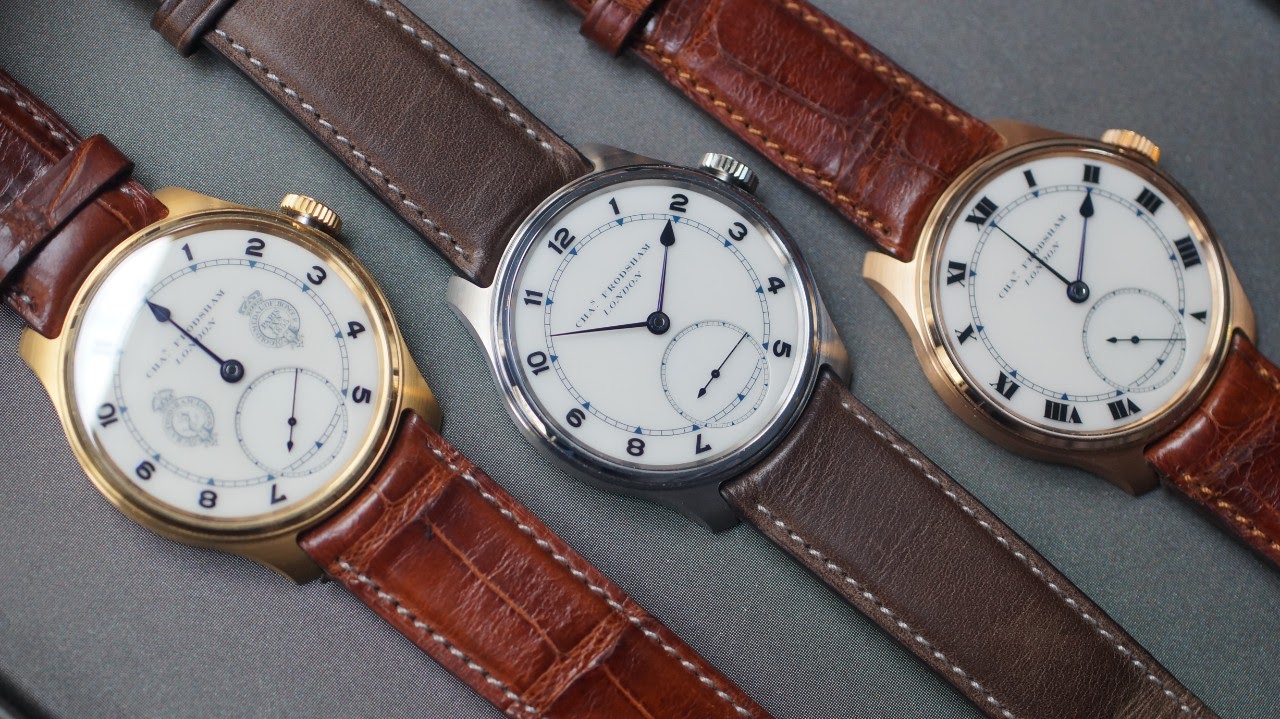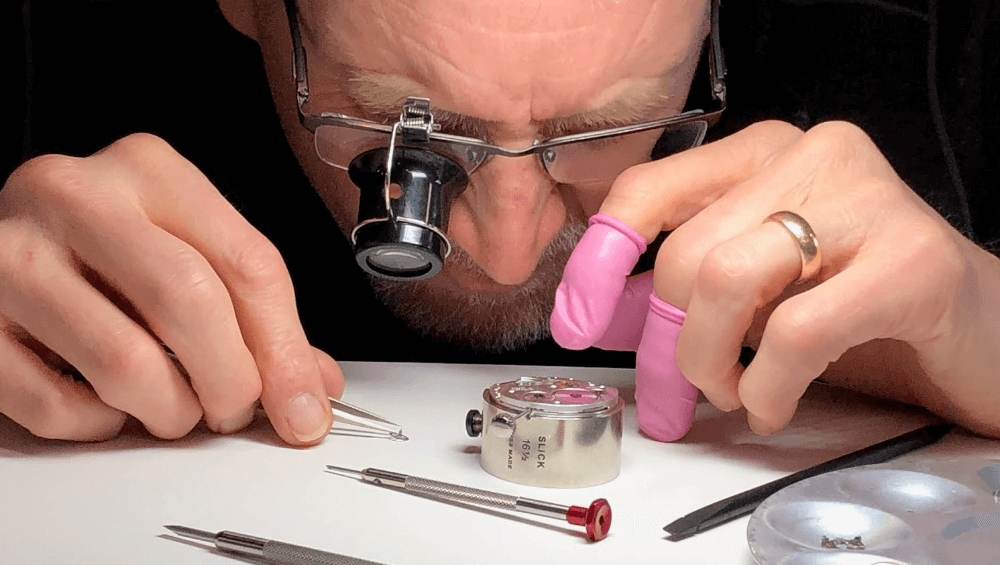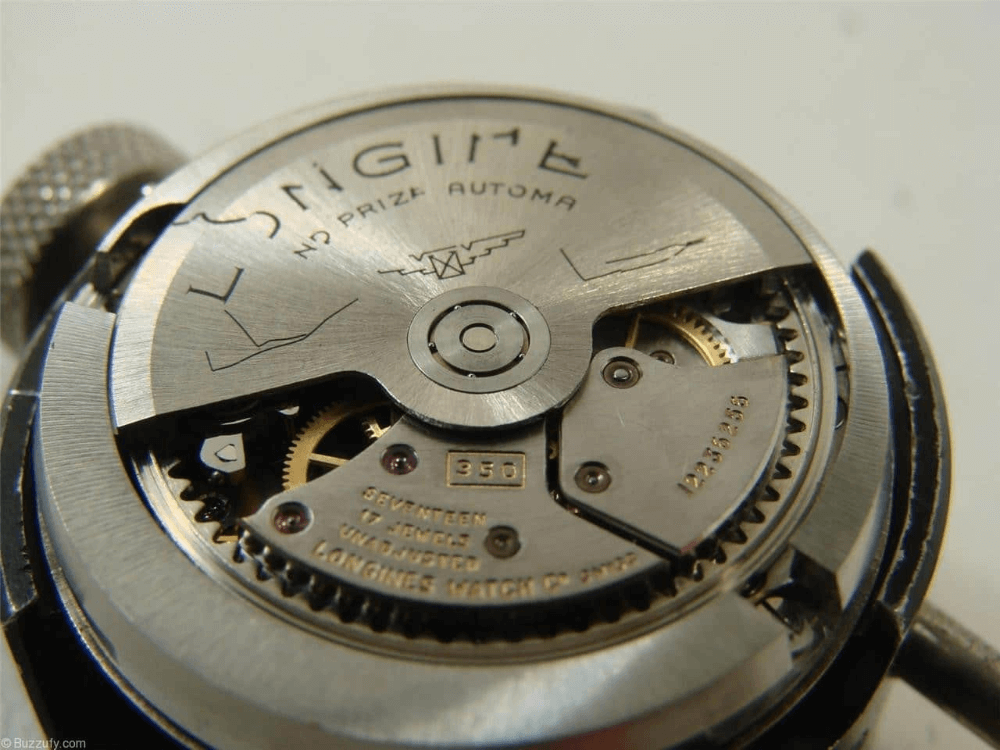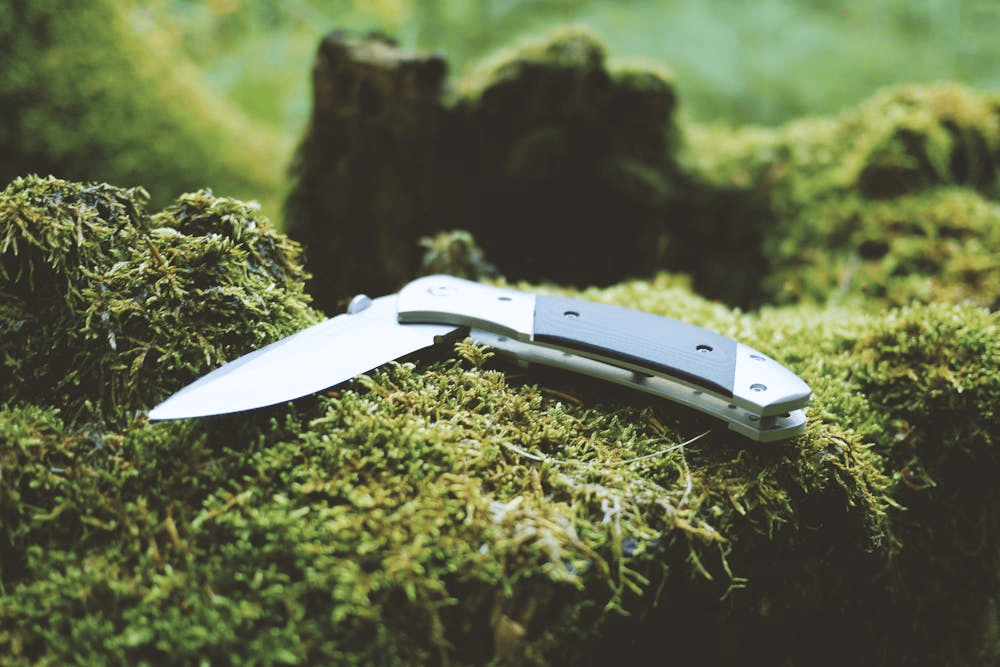The Double Impulse Chronometer, the first wristwatch completely made in England in more than half a century, has thrust the old firm Charles Frodsham & Co. into the spotlight.
-Charles Frodsham & Co. makes the most interesting chronometer wrtistwatch you have never heard of. The above statement is anachronistic, especially at a time when social media has given every brand a pulpit to preach to the choir. But then Frodsham, which can claim to be the oldest continuously trading firm of marine chronometers in the world today, has never really believed in putting itself out there. “We are not a brand, we don’t do social media. We have no PR and marketing. We let other people do the talking on our behalf,” says Richard Stenning, who along with his partner Philip Whyte run the firm today after having bought it in the mid-1990s. While you can appreciate the discrete manner in which they go about their business, as soon as their first wristwatch – the Double Impulse Chronometer – broke cover last year, literally anyone who had more than a passing interest in fine watchmaking and horological history was talking about it. “We didn’t quite realize the impact that it was going to have. And it did have an impact, most definitely and in a very nice way.
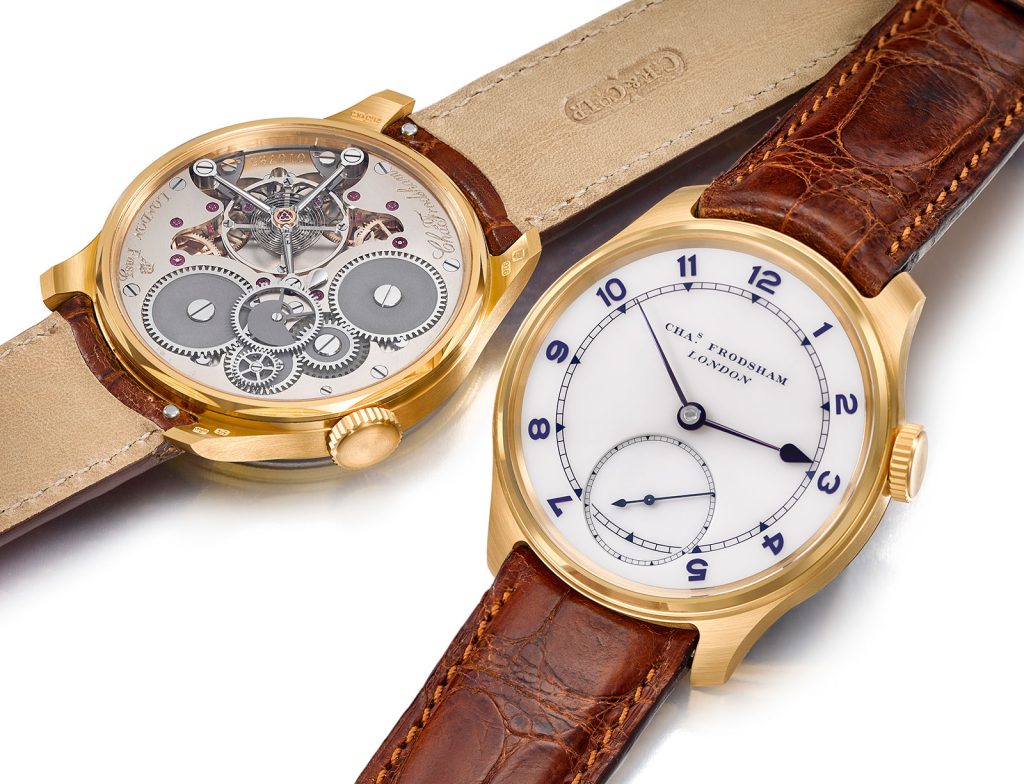
Of course, we had clients who had always been Frodsham collectors – they collected pocketwatches, clocks , regulators and marine chronometers. So the firm has always had a following. And the were mostly British, especially in the early days when we launched, but that was only because the clientele were Frodsham collectors. Frodsham has always been a low-key producer, throughout its 185-year period of existence. So we were never mass marketing in any way at all. For instance, you would have to know a lot about English pocketwatches to know anything about what we did. So to a lot of people this was a surprise,” recalls Stenning when we caught up with him during Dubai Watch Week in November 2019, more than a year after we had a chance to examine the watch in London.
The old Firm – At this point, should you feel like you’ve lived under a rock for the last 18 months, please take comfort in the fact that you are among the vast majority that have never heard of the Frodsham Double Impulse Chronometer even though it is the first mechanical wristwatch completely made in England since Smith’s wound up operations more than 50 years ago. Charles Frodsham was a British horologist who set up his firm in 1834 and 10 years later he acquired the business founded by eminent watchmaker John Arnold. By the end of the 19th century, Frodhsam was one of two big firms still trading in London, the other being Dent. Charles Frodsham & Co. had established itself as a company of repute and made chronometers for the Royal Navy and clocks for observatories around the world. The firm survived the two world wars (although its premises at South Molton Street were bombed in 1941 during the Blitz) and was eventually purchased by Whyte and Stenning, both of whom have a background in antiquities.
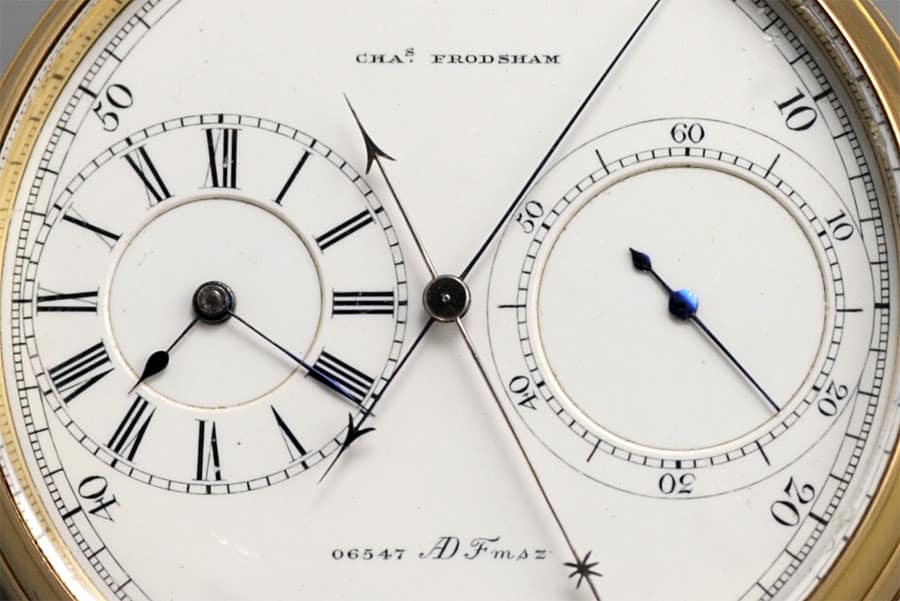
The company has over the years made dashboard clocks for automobiles in the early 20th century, carriage clocks, and was also the Royal Clockmaker with s workshop in Buckingham Palace. The firm now operates out of St.James’s in London with a workshop in East Sussex. While a lot more is known about British figures like John Arnold, John Harrison and Thomas Mudge; Frodsham is more of a peripheral figure in the history of British horology, yet there’s no denying his impact.
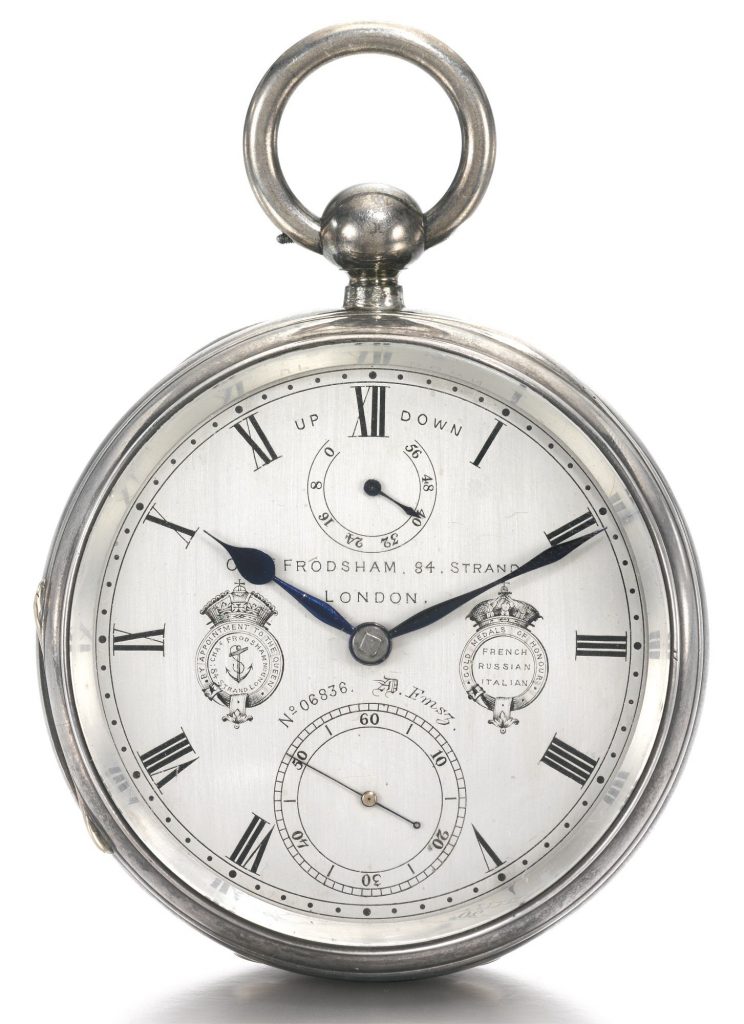
He was born in an era when mass production of timepieces was the norm but he chose not to mass produce. The 19th century was a burgeoning time for a lot of watchmakers. Frodsham made regulator clocks for a mojority of the world’s observatories, especially in the Southern Hemisphere. The observatory in Neuchatel, Switzerland, was set up using a Frodsham marine chronometer as its standard. “We were one of the first manufactures of car clocks. In the early 1910s we made clocks for Rolls Royce automobiles. So if you look in the dashboard of Edwardian cars, you will find a Frodsham clock in them. It’s not piece of history that gets told,” Stenning says.
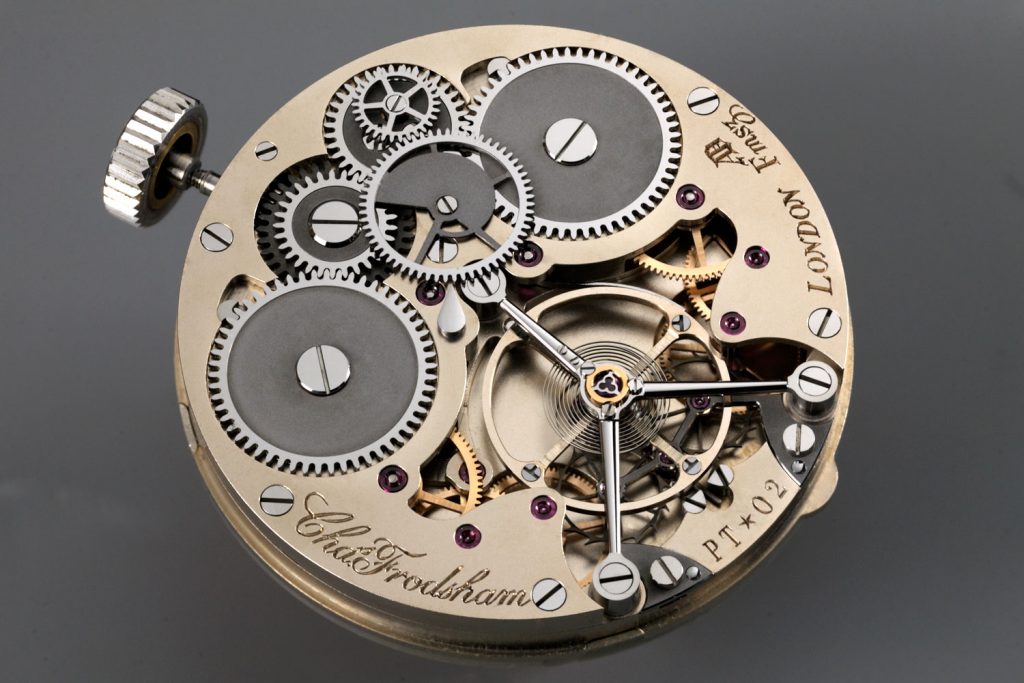
The making of their first wristwatch – The Double Impulse Chronometer has been 15 years in the making. It is notable for its Daniels Double Impulse Chronometer Escapement, which is completely symmetrical, highly detached and oil free. This escapement was developed by legendary British watchmaker George Daniels and had hitherto only been used in pocketwatches. When frodsham set out to create a wristwatch, it was clear that it had to be steeped in the heritage of the firm, so a chronometer with a spring detent escapement was the starting point. The idea of using a Double Wheel Escapement was born out of chronometry rather than the notion that the first Frodsham wristwatch had to be something different- it just happens to be different. Right now, it’s the only wristwatch in the world with this type of escapement.
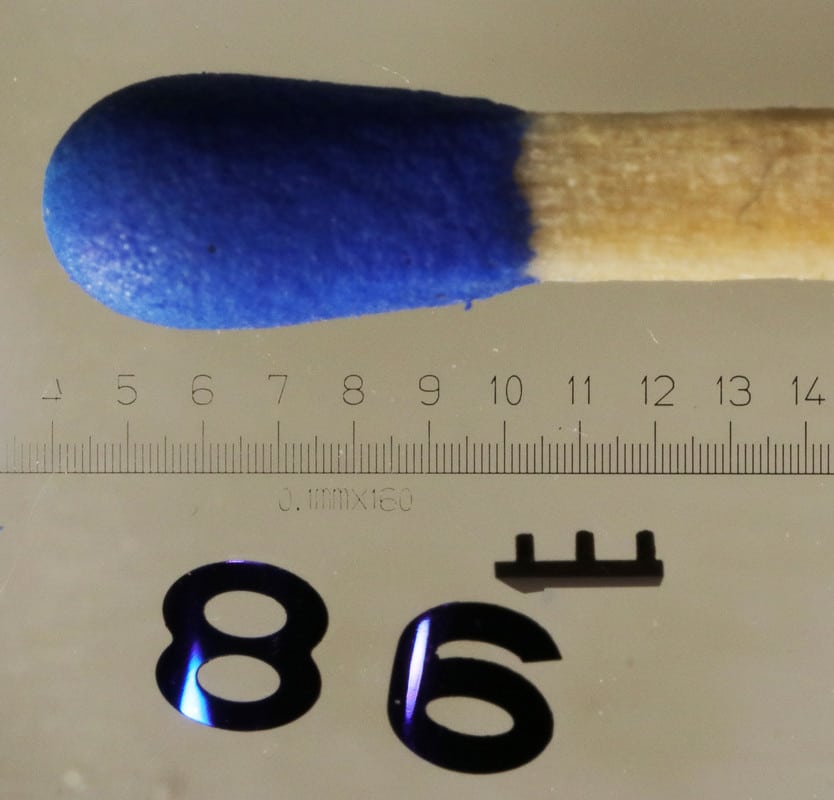
We have a deep-rooted history and it’s important that we express that history in every new product that we bring to the market.
“The difficulty with the spring detent escapement is that it only impulses in one direction, which means the balance is free, and when it is on the wrist it can be very out of sorts. You can correct things, but by correcting it you are taking away from the purity of the escapement; it would compromise the timekeeping and precision. It was our good friend Derek Pratt who suggested we use the Double Impulse Chronometer. We knew George Daniels very well and he said, ‘Yes, go for it,” recalls Stenning. Daniels had written in the 1970s about the difficulties of fitting a Double Wheel Escapement in wristwatch. Back then, there wasn’t the machinery to make components to very tight tolerances, particularly in the escapement area where you are dealing in one or two microns. Also, materials like titanium that are now commonplace were never used in watchmaking back in the 1970s. The Double Impulse Chronometer may be rooted in the English tradition, but it is a thoroughly modern wristwatch. It has a ceramic dial, a titanium detent, and the balance wheel is made form a temperature-resistant copper alloy with tungsten adjustable weights. “Our methods are still very traditional. We use a lot of modern materials like ceramic and titanium in the watch, but there are a lot of things in the watch that also have historical knocks. For example, the English pocketwatches often had gold wheels, so we have gold wheels in the going train. The numbering system is a continuation of the pocketwatch series. We do this simply because Charles Frodsham carried on the numbering system from John Arnold. So, in effect, we are carrying on the numbering system started by john Arnold in 1767,” explains Stenning.
Given that they have made some concessions to modernity in the creation of the wristwatch was there a temptation to use a silicon hairspring as well? Would using silicon have been taking it s step too far since a lot of traditionalists are still unsure about this material? “We did look into manufacturing our own balance springs, but it is a huge learning curve. And we just decided not to; on top of 15 years of regular research and development, that might have been a step too far. But that doesn’t mean we are not investigating ideas. We are happy to take on modern material for the job. And that’s the important bit- you use what is apt for the job; form and function come into play a lot in decisions like this. It has to function properly and also look aesthetically pleasing. But it has to be in that order.” Understandably, the release of their first wristwatch has brought them a lot of attention from collectors outside England. According to Stenning, most of them were the collectors of independent watch brands. “Some of them we knew of but didn’t actually know. They went straight to it, they got it immediately. The only way you can buy this watch is to come to our gallery in London, have a chat with Philip and myself. And you get introduced to the watch. Having said that, the early adopters of the watch wear it with pride and they have inadvertently become our ambassadors. And that’s a wonderful thing. Suddenly the watch has taken on a new elevation,” he says.
Not just about the wristwatches- The watches are priced at £68,500 in steel, £73,000 in 18K rose or white gold, and £74,500 in hardened 22k yellow gold. Frodsham will only make about 10-12 pieces a year and has its order books full up till 2023. Stenning says they have already delivered 15 watches to their clients. The difficulty they face is they can’t guarantee a delivery date or a price in the future. “At the moment we are delivering watches for 2020 and 2021 at the quoted prices. After that, people join the waiting list on the understanding that we cannot guarantee when the delivery and price as soon as we know for 2022 and 2023.” Stenning says they could ramp up production a little bit but they don’t want to increase it by a lot. The bulk of their business now comes from restoring and selling historic Frodsham watches. “We do other things, we are slightly different form other watch manufactures. They make watches. We have a horological emporium; we are interested in the history of horology, and we help people set up libraries and that sort of thing. We make one-off commissions, clocks, Harrison timekeepers, we made a clock for the Queen. We like to do other projects, not just make watches,” says Stenning. So does the wristwatch part of their business become a distraction then? “Yes, there is a tiny bit of pressure. But what we are clear about is that we don’t want to be just known as a wristwatch maker. Both Philip and I come from an antiquities background; we both love pocketwatches. That sense of history is very important to us. Frodsham is one of the legitimate old firms of the world. We have a deep-rooted history and it’s important that we express that history in every new product that we bring to the market.”
